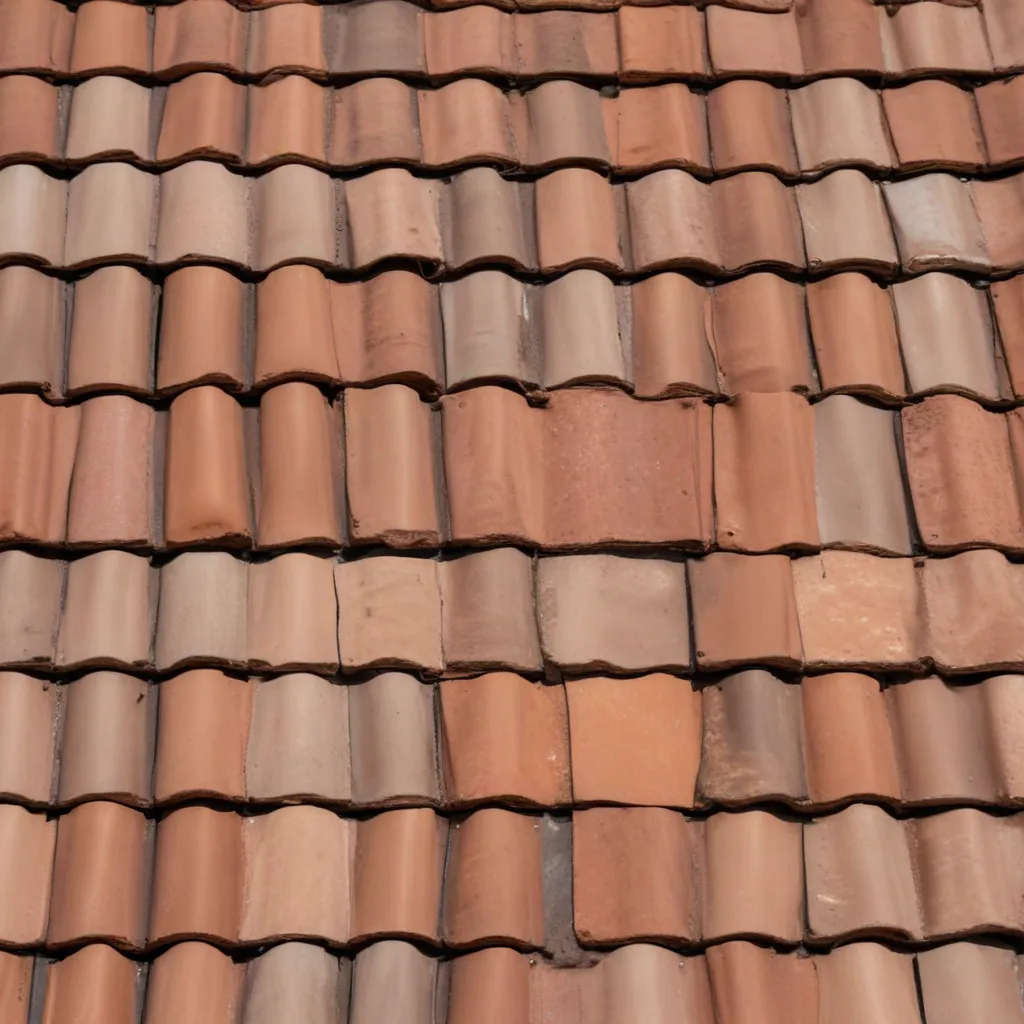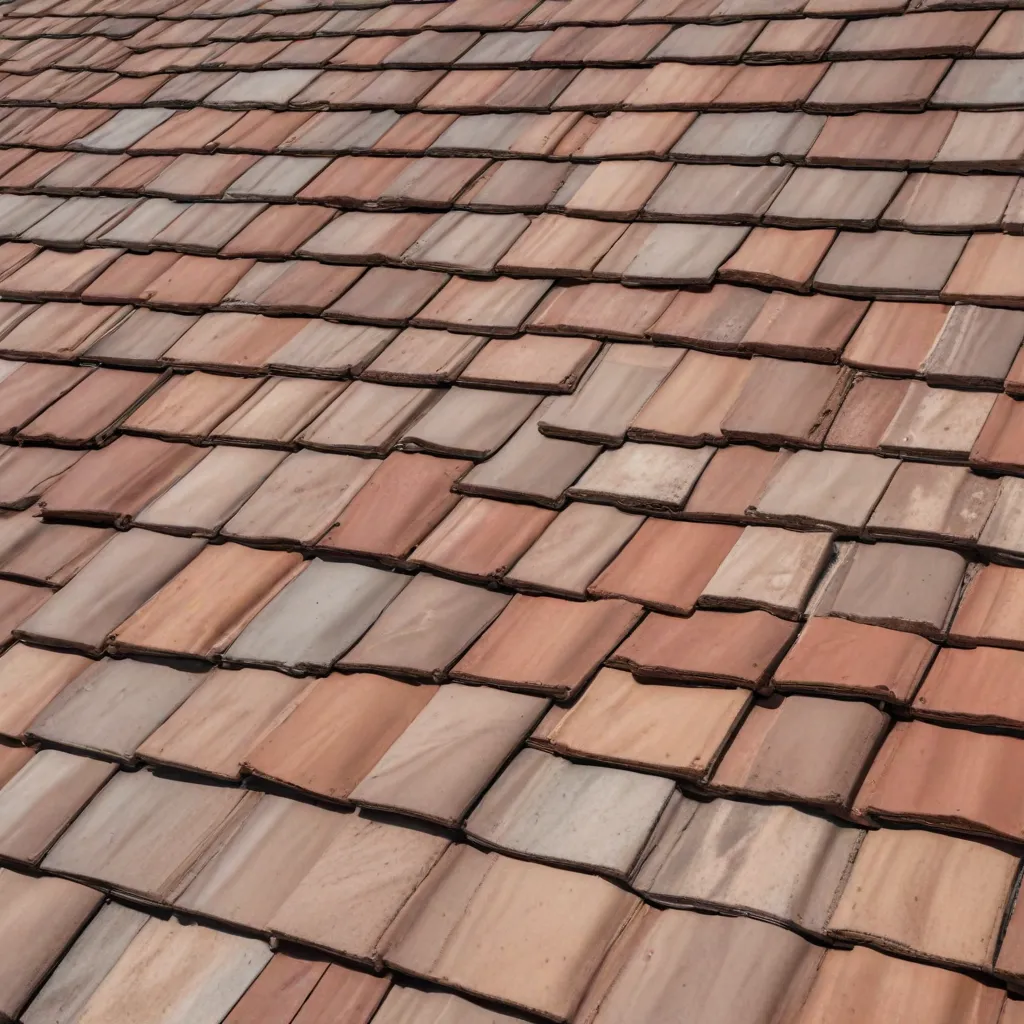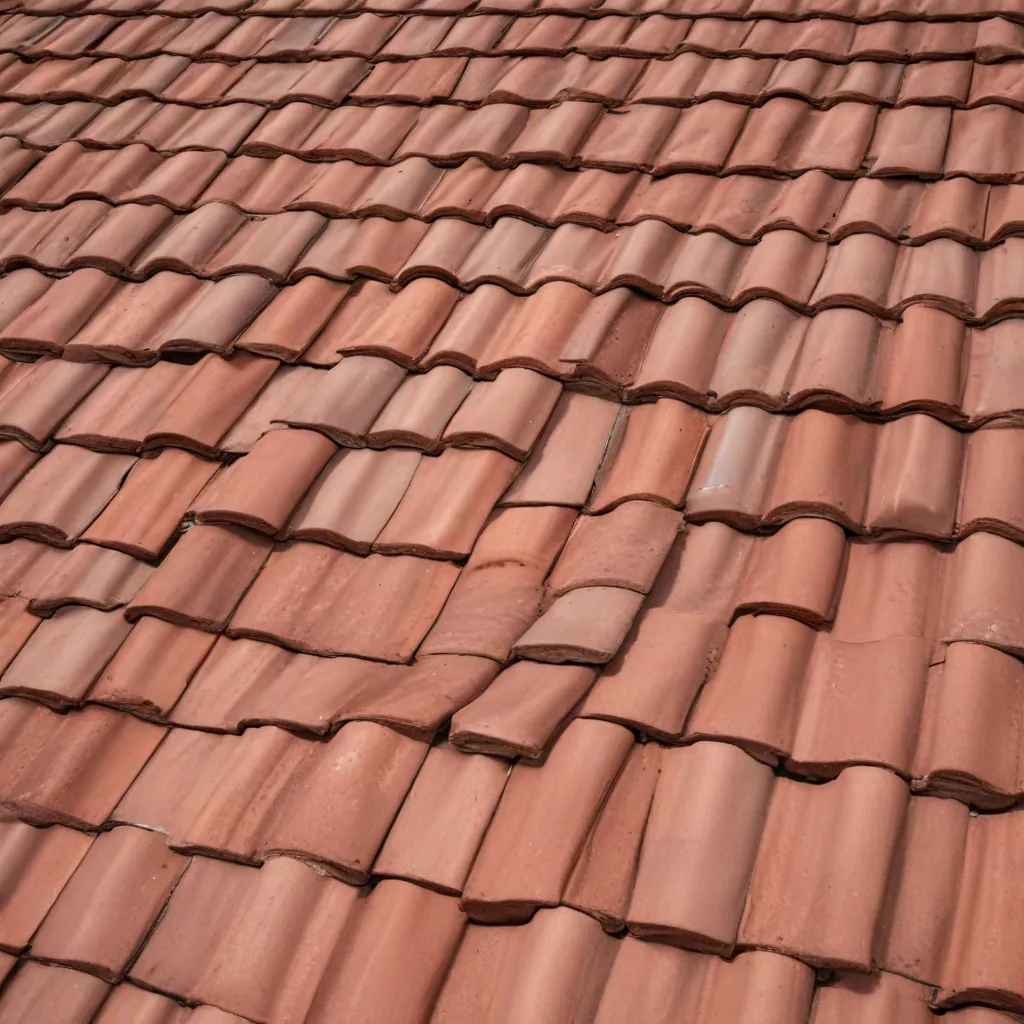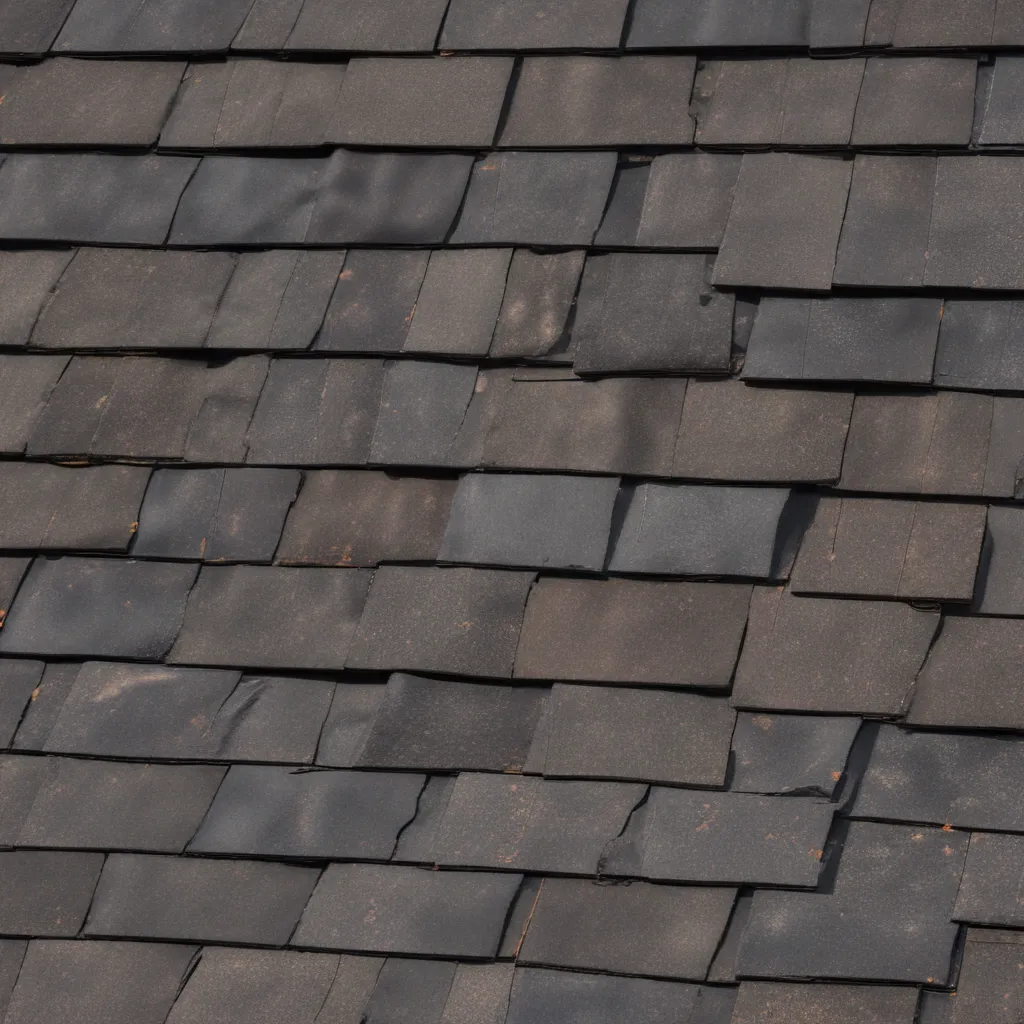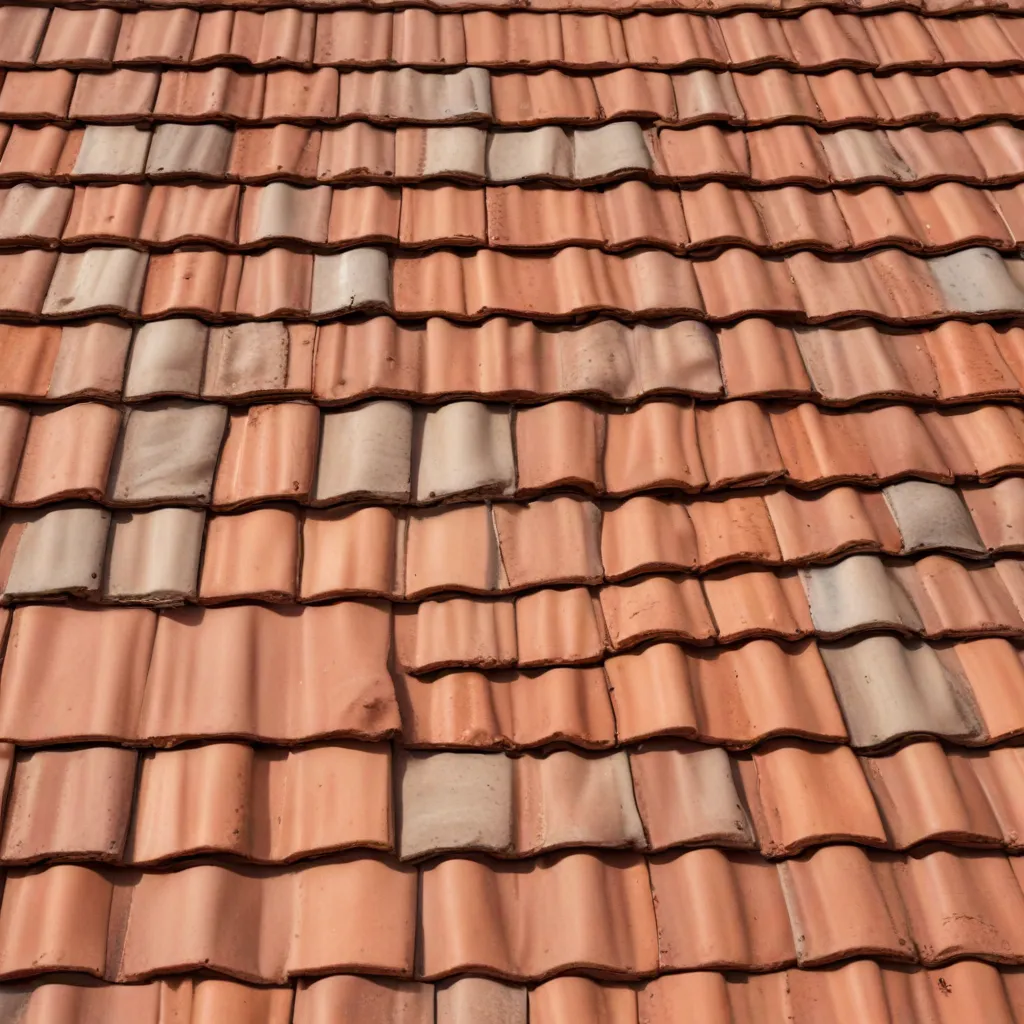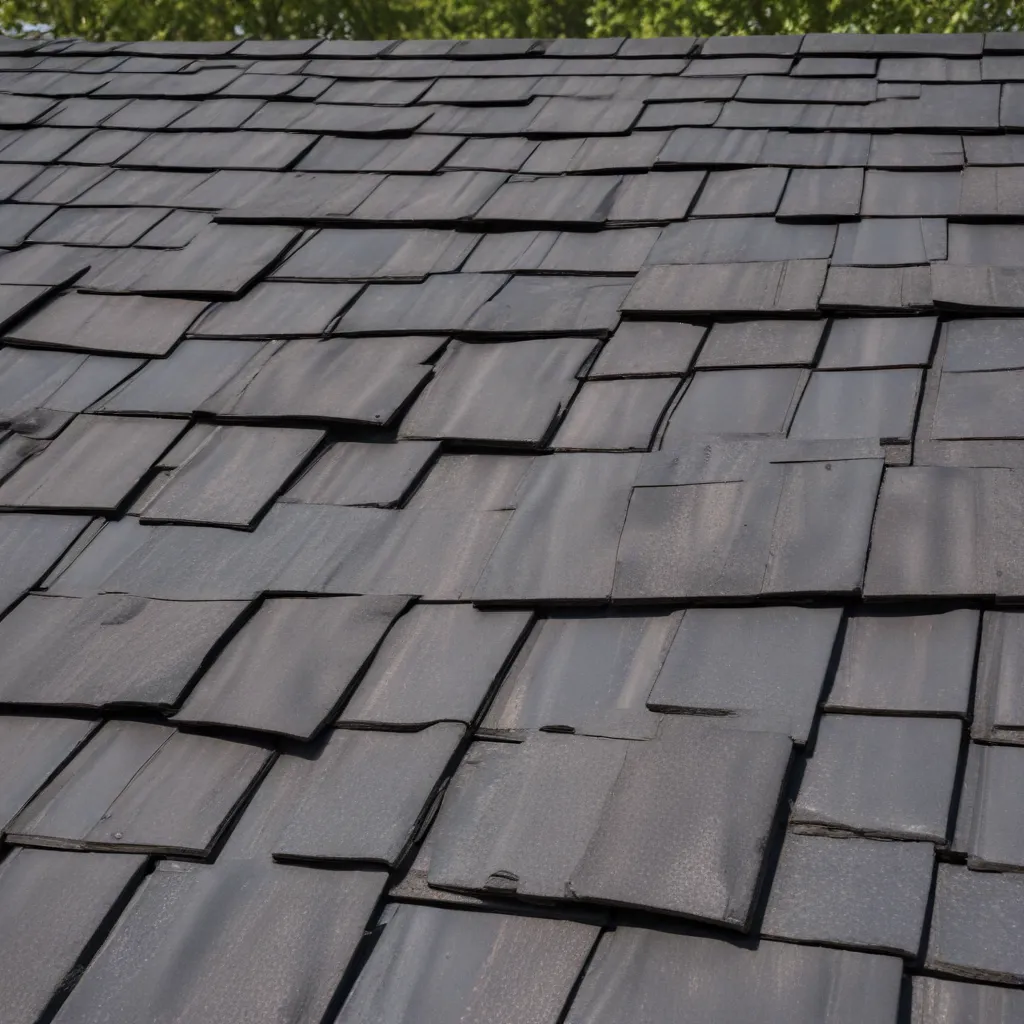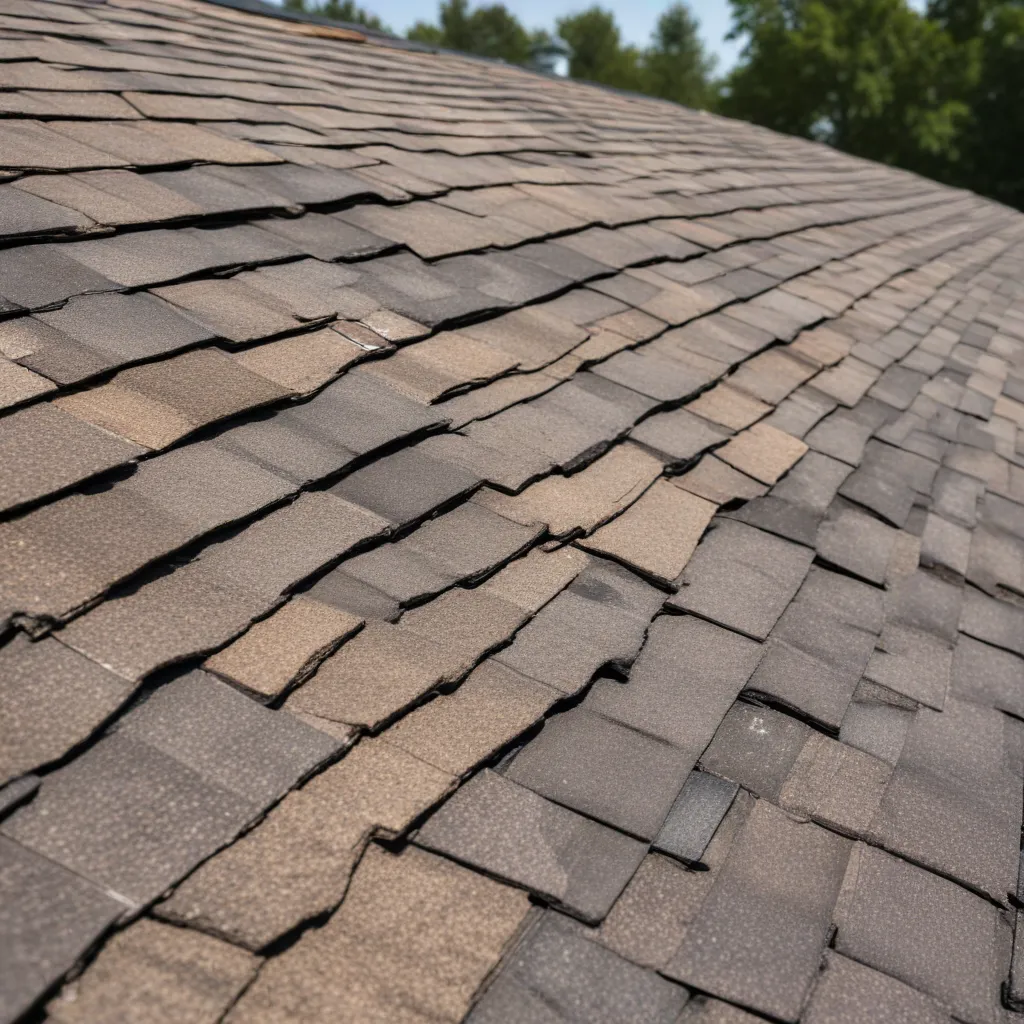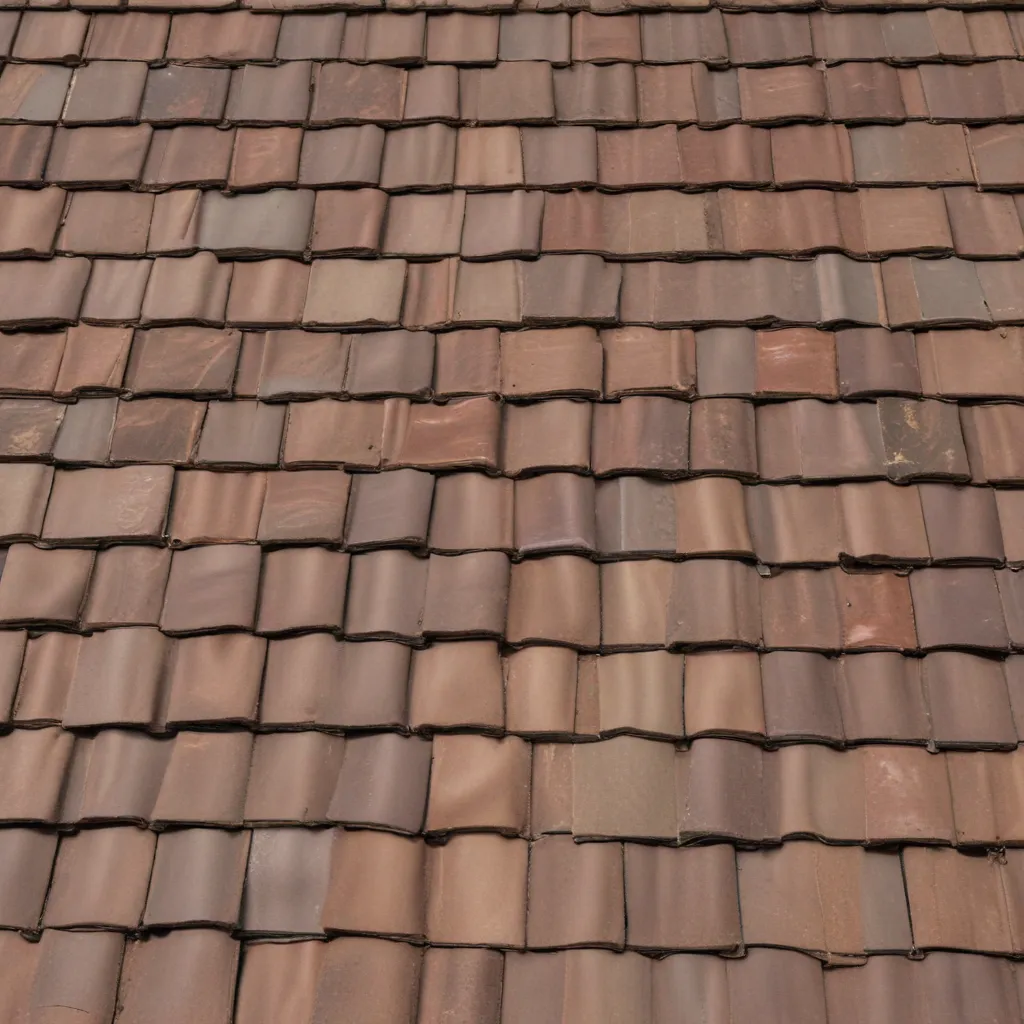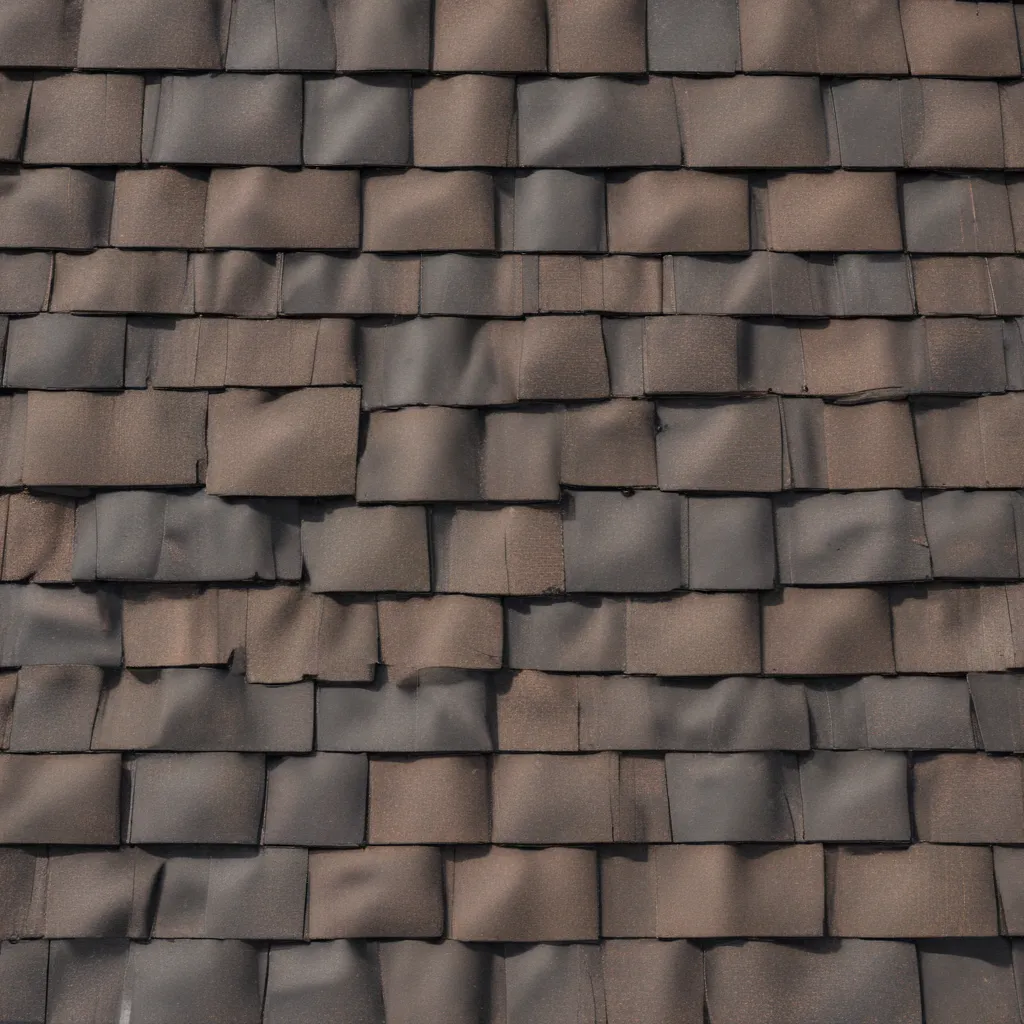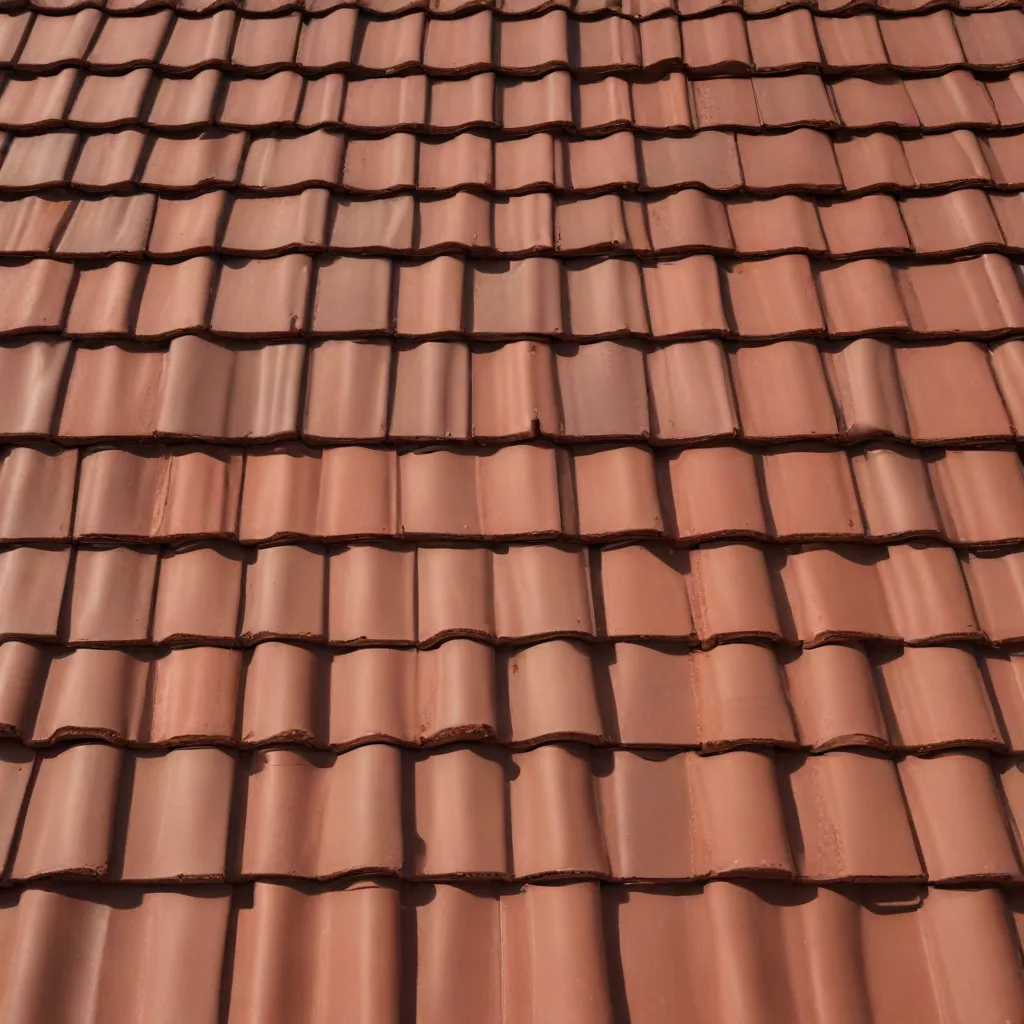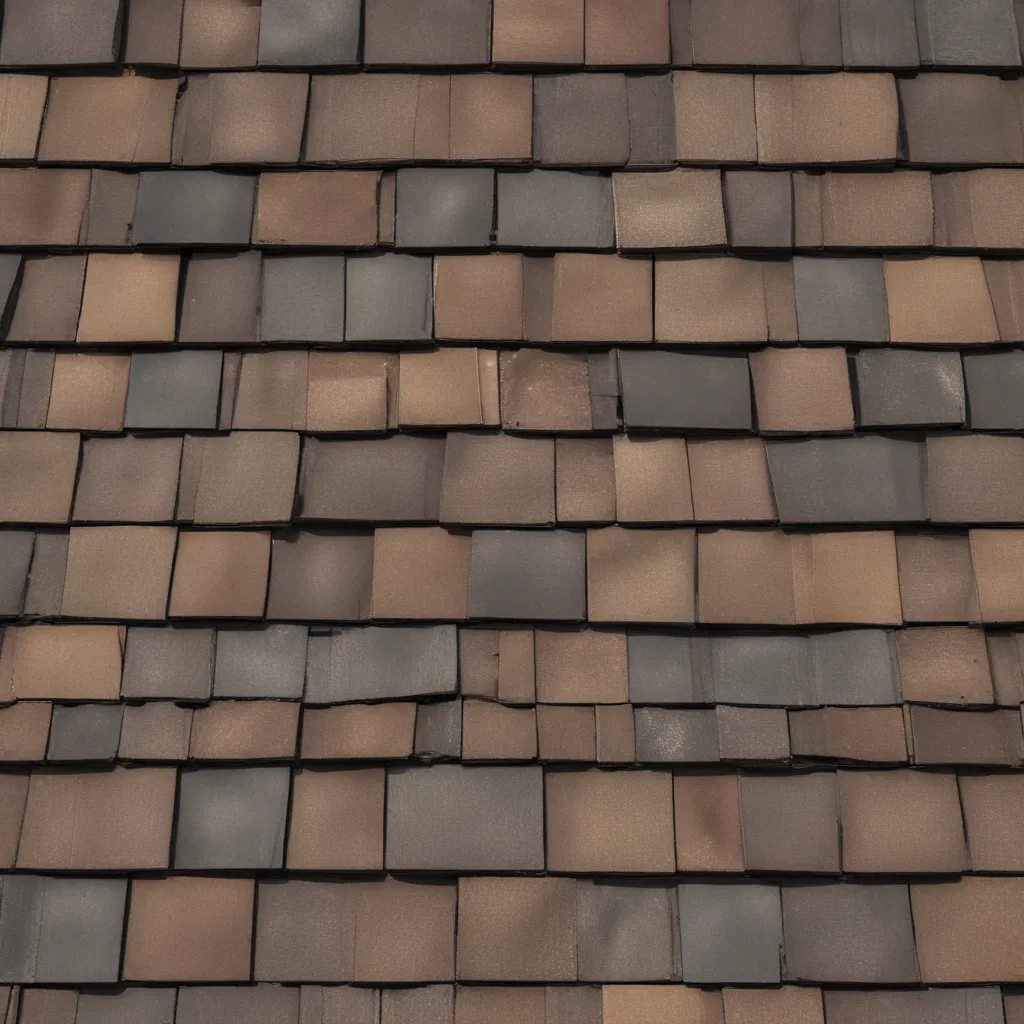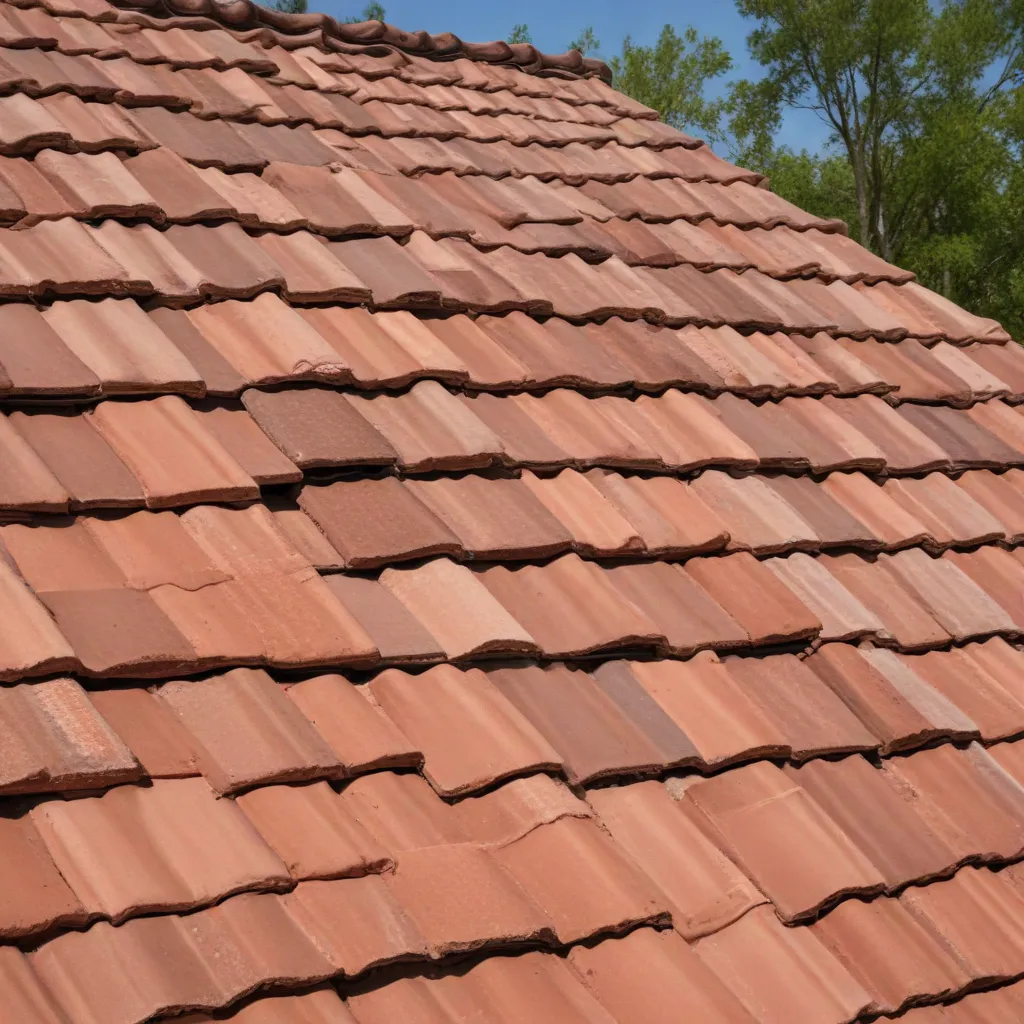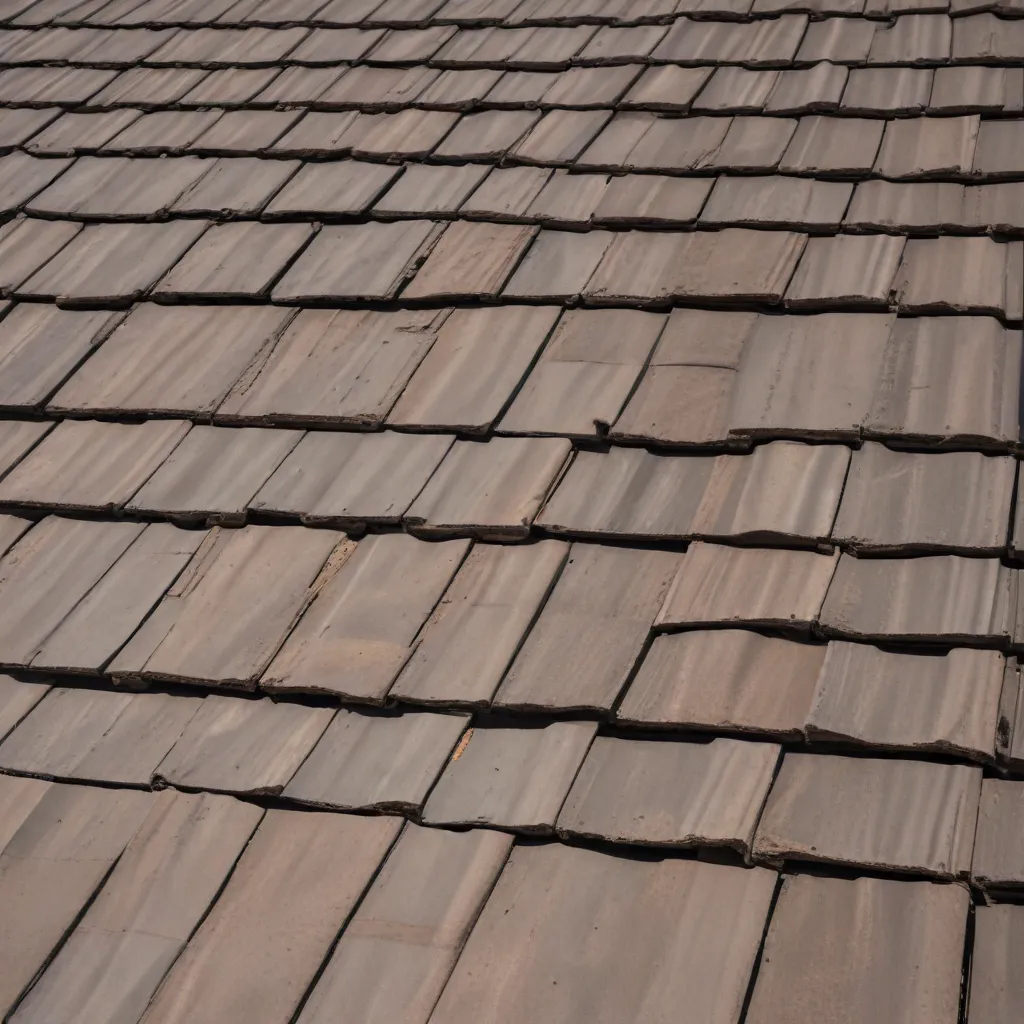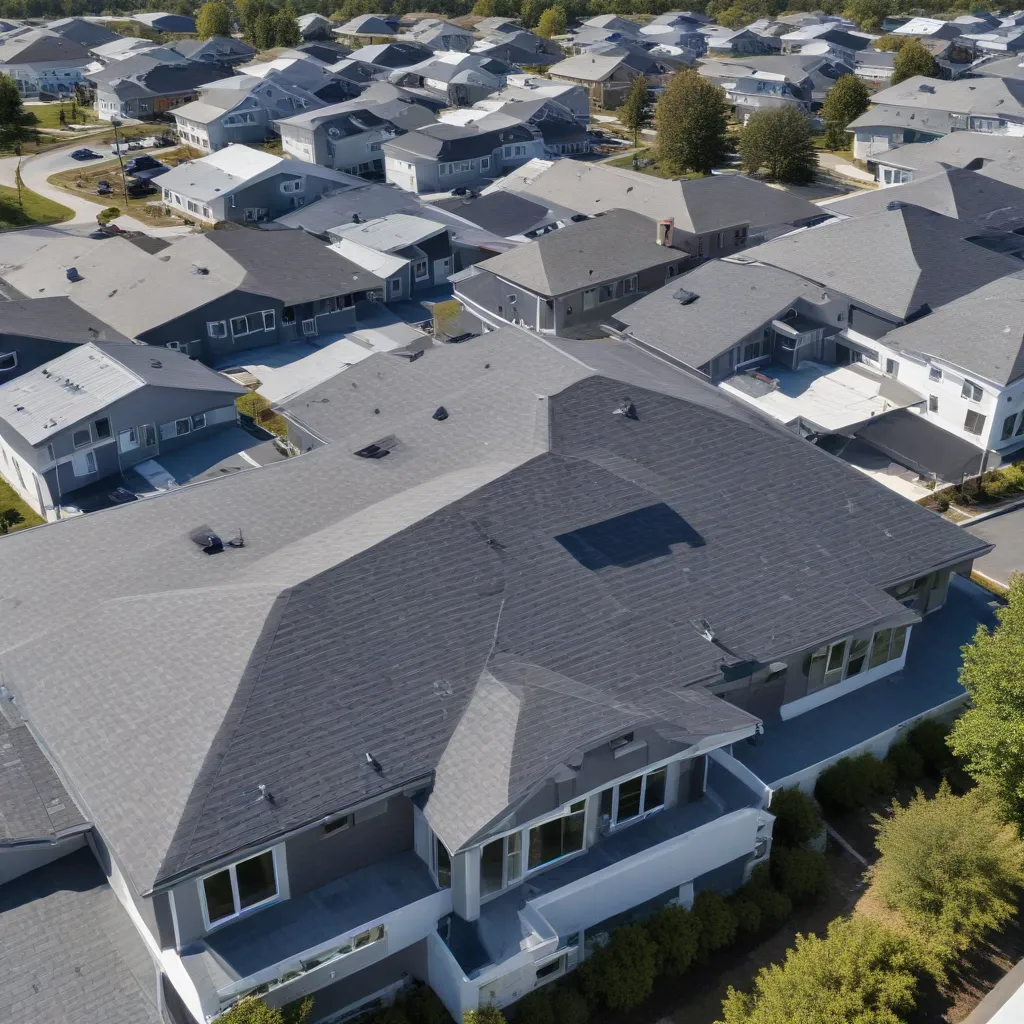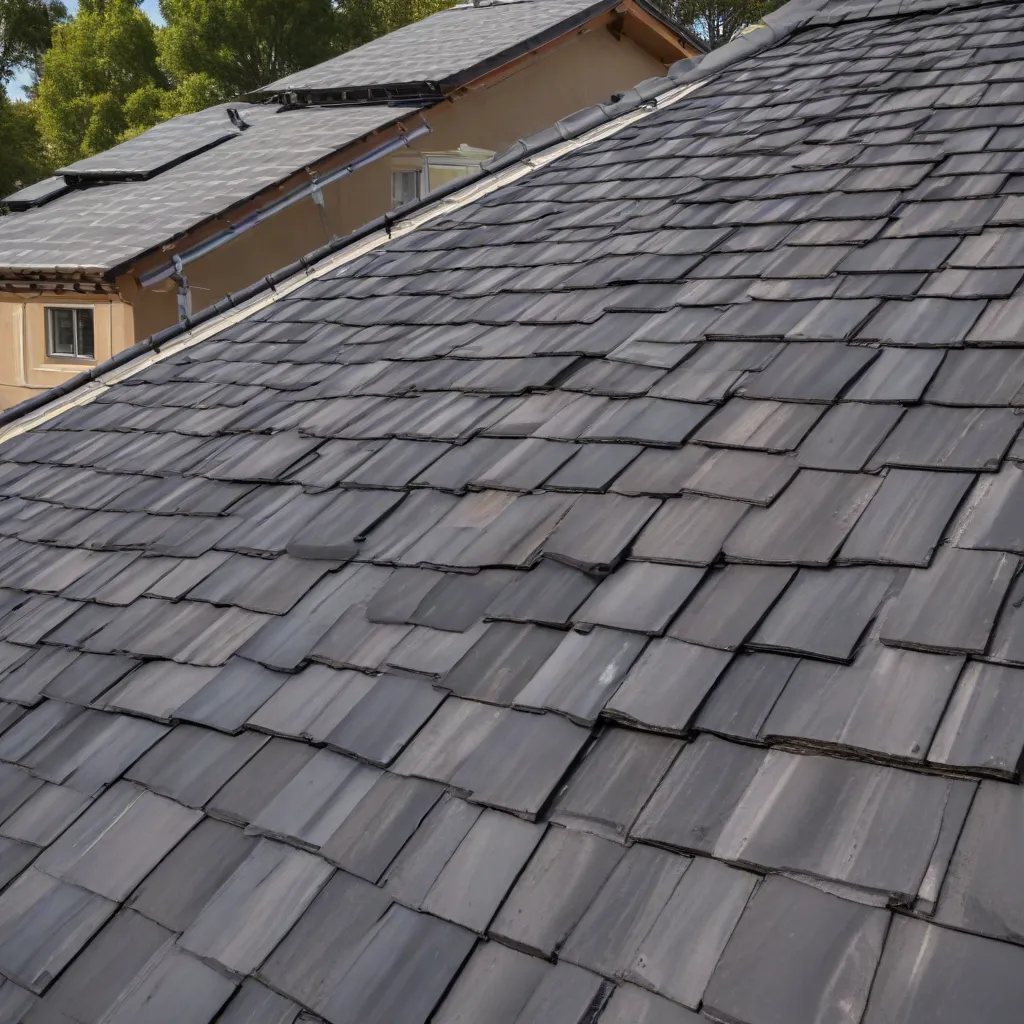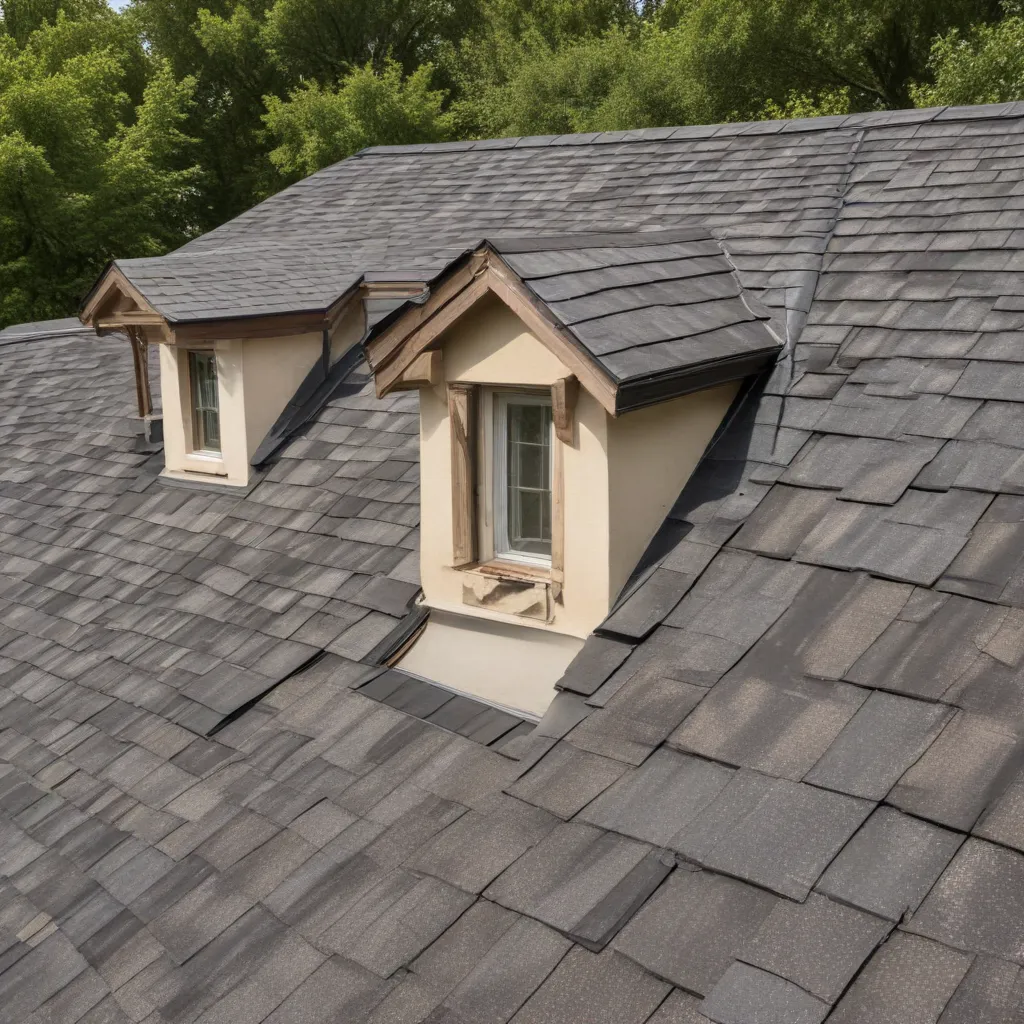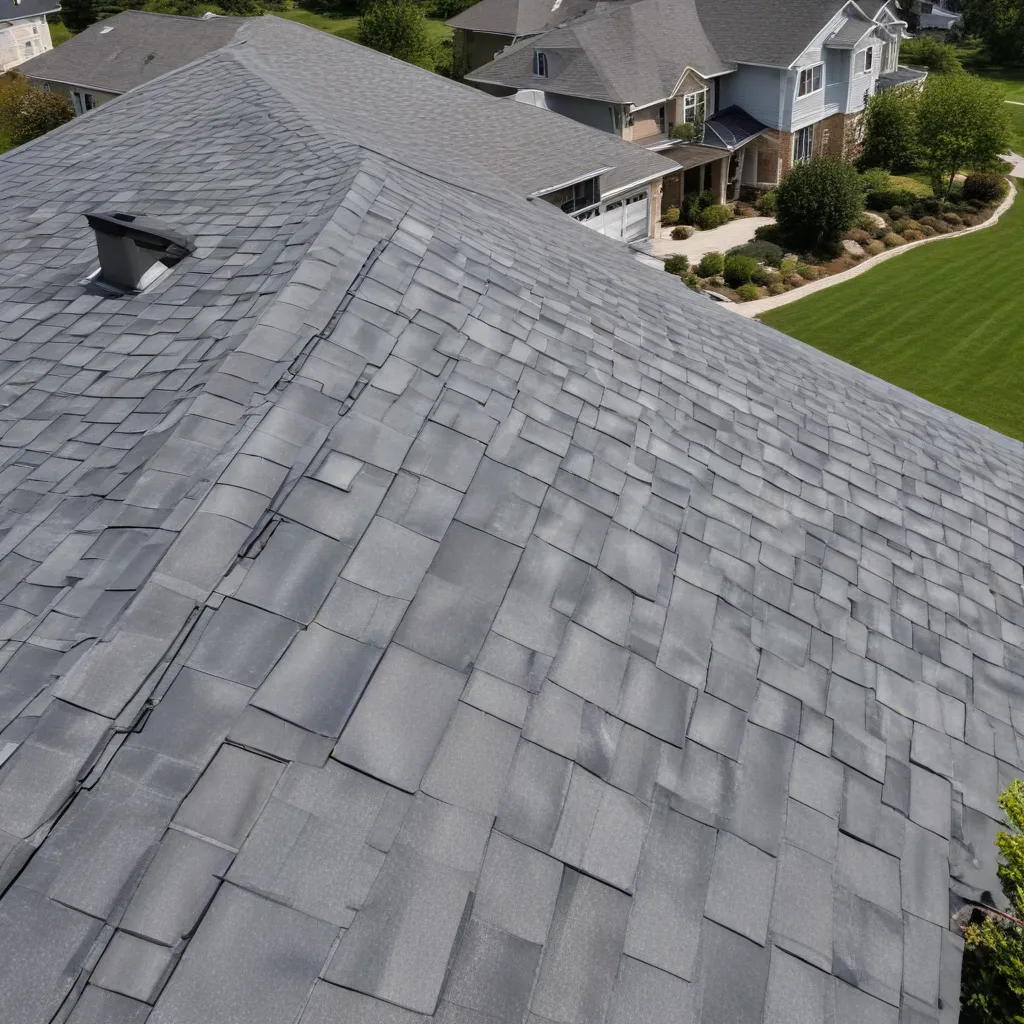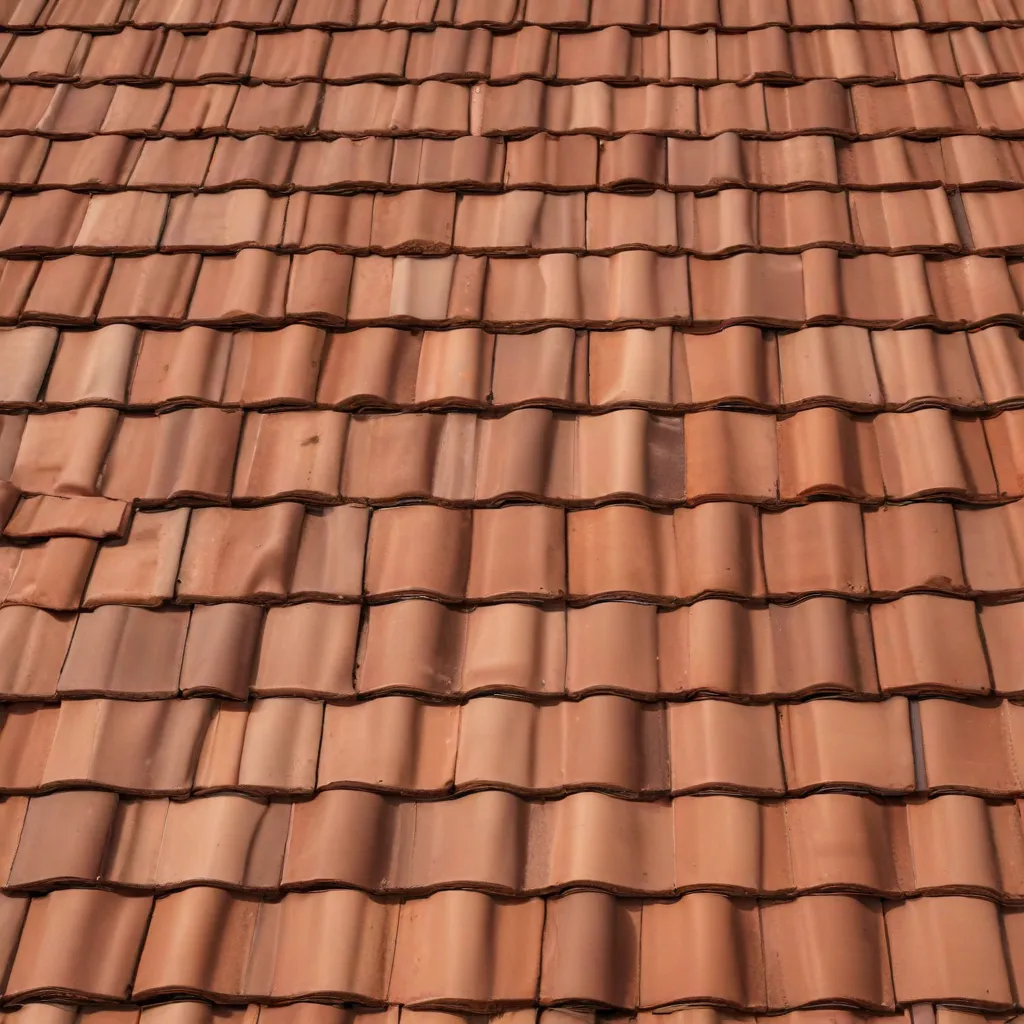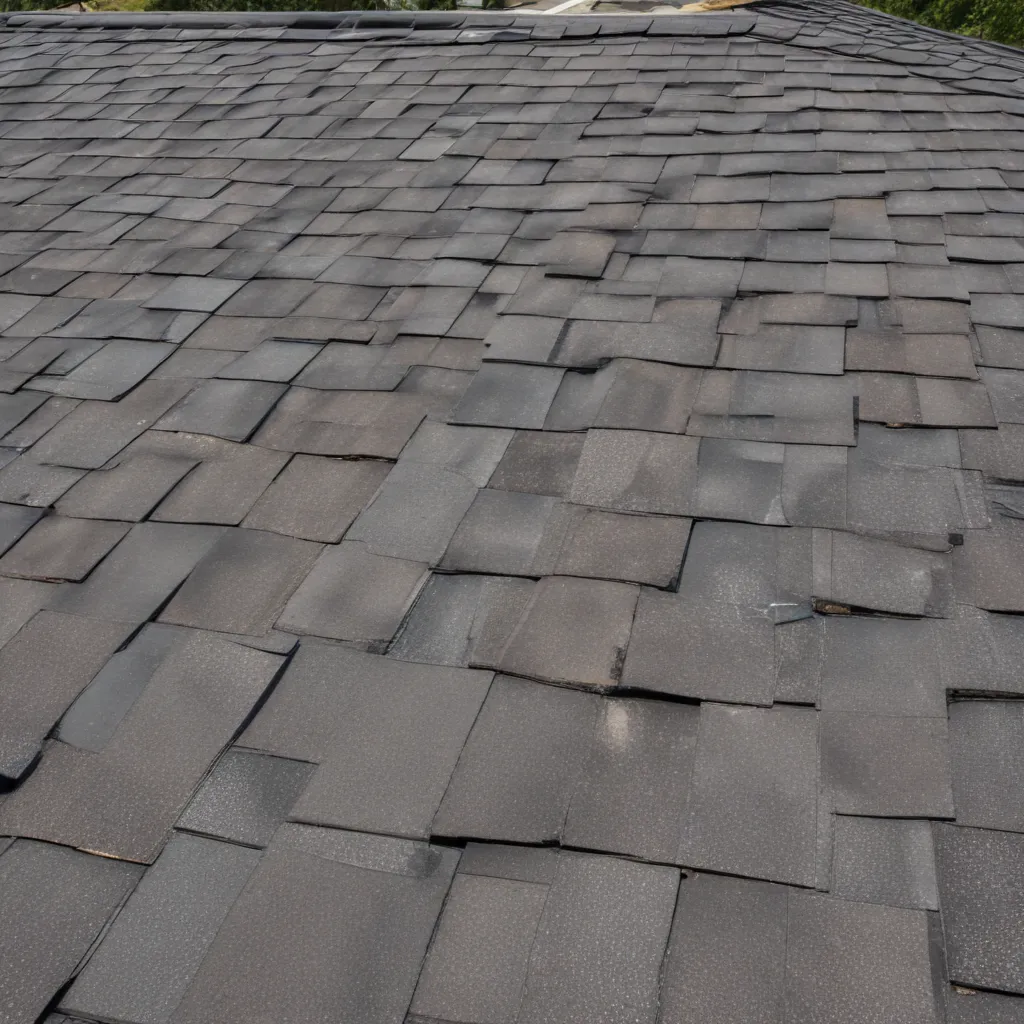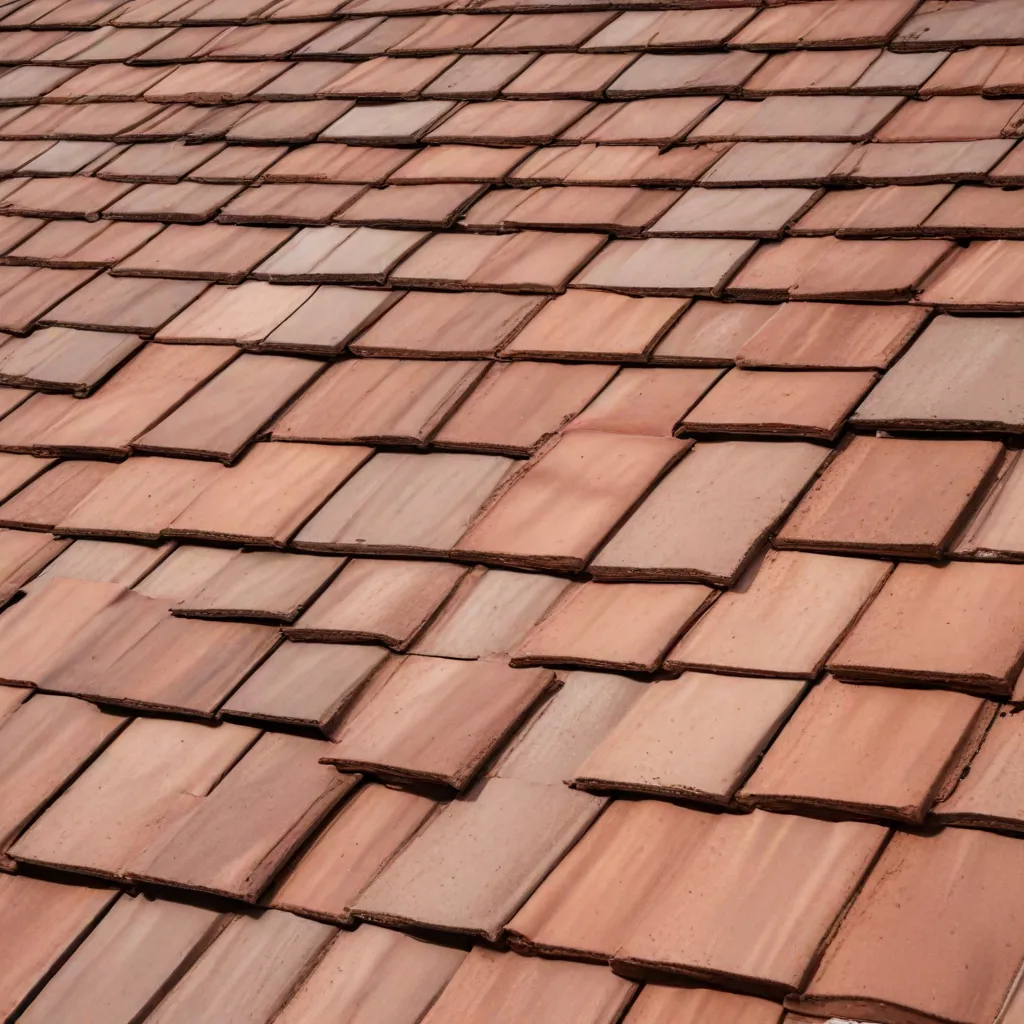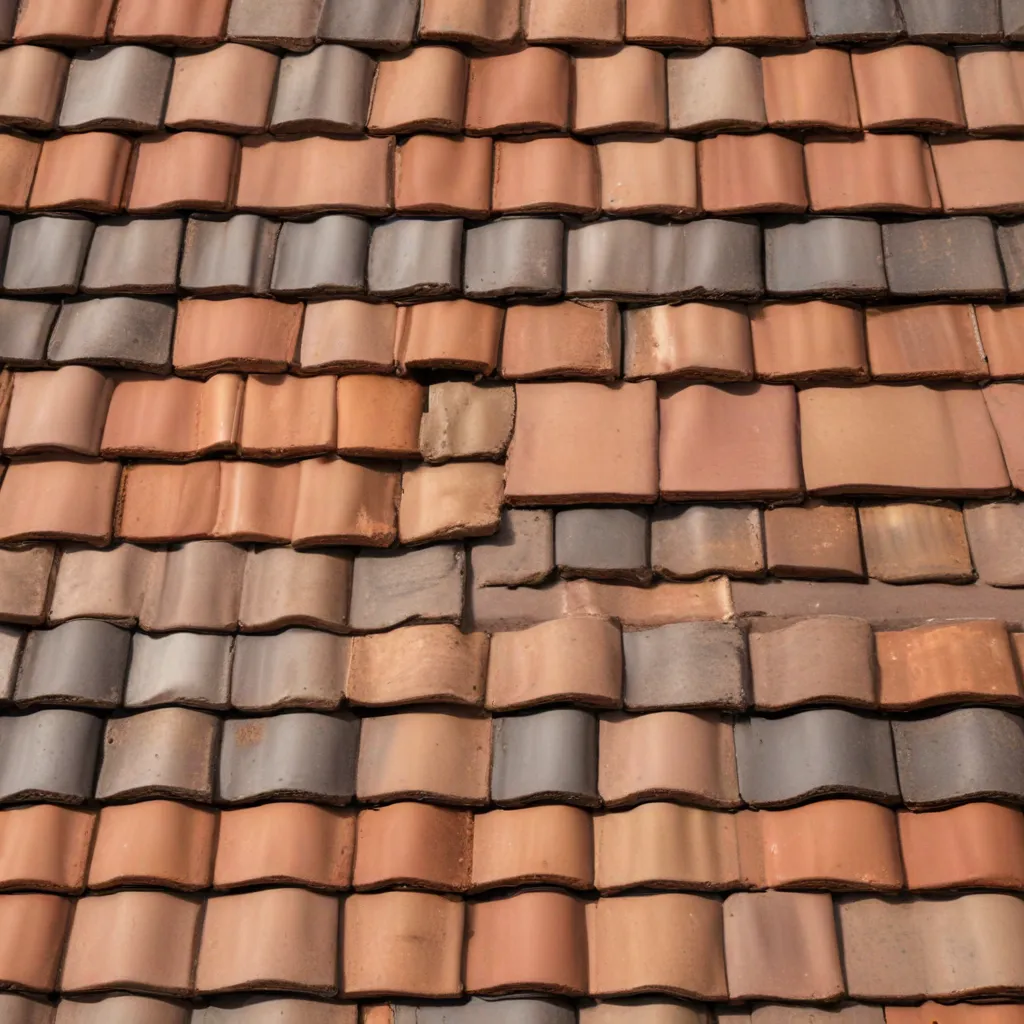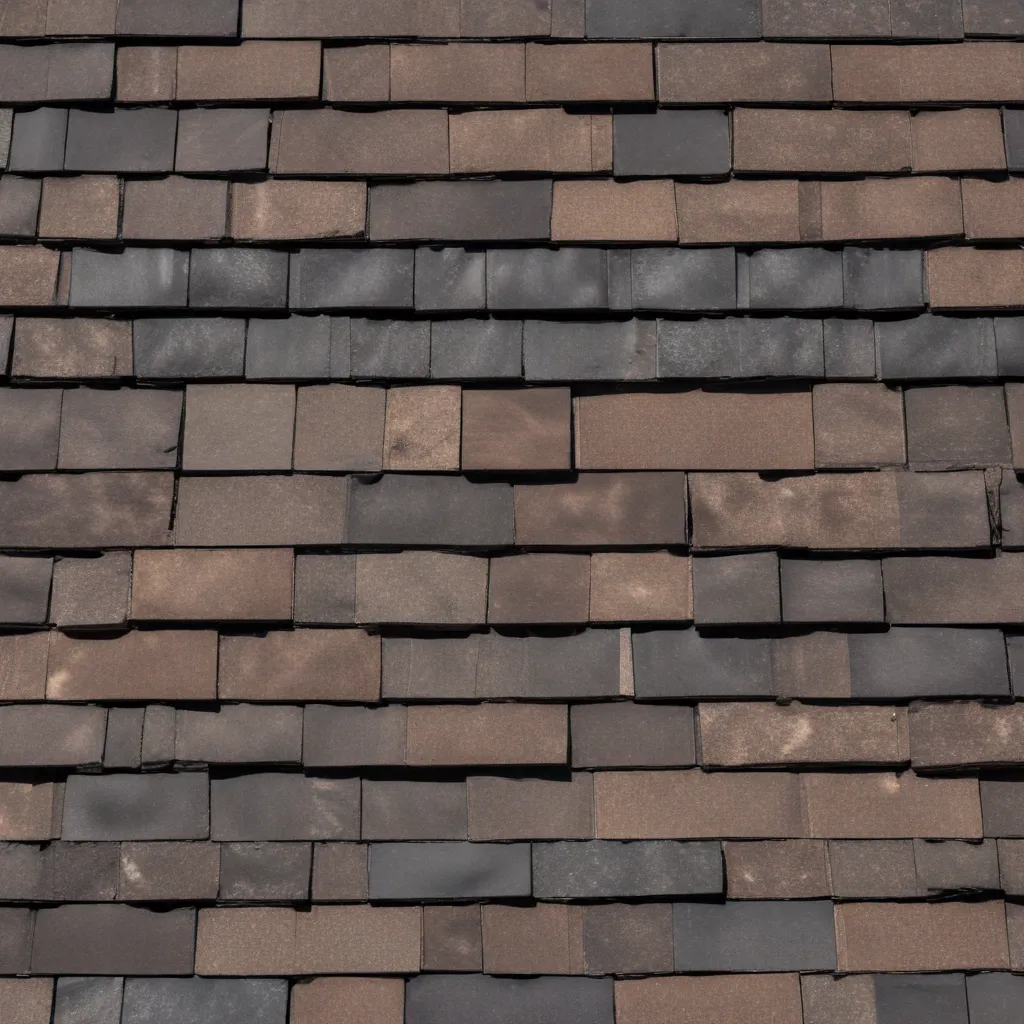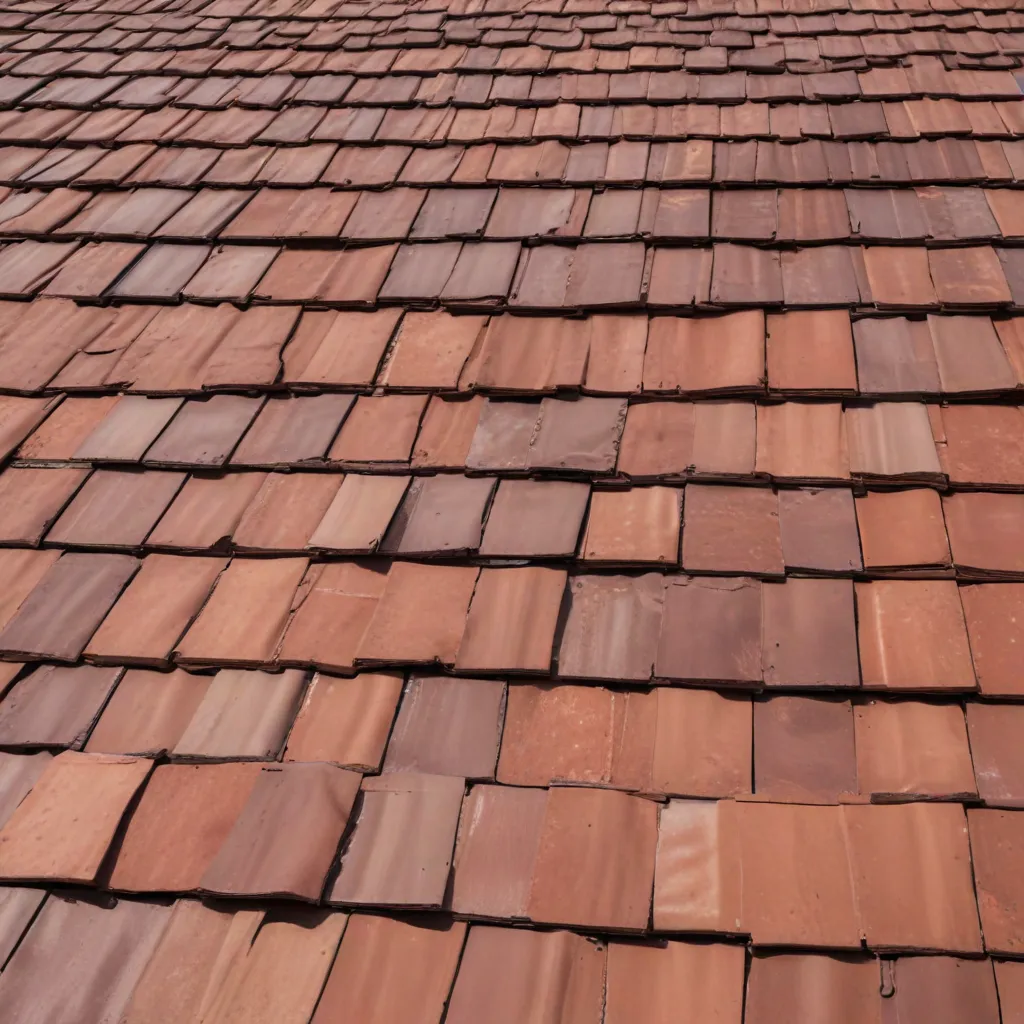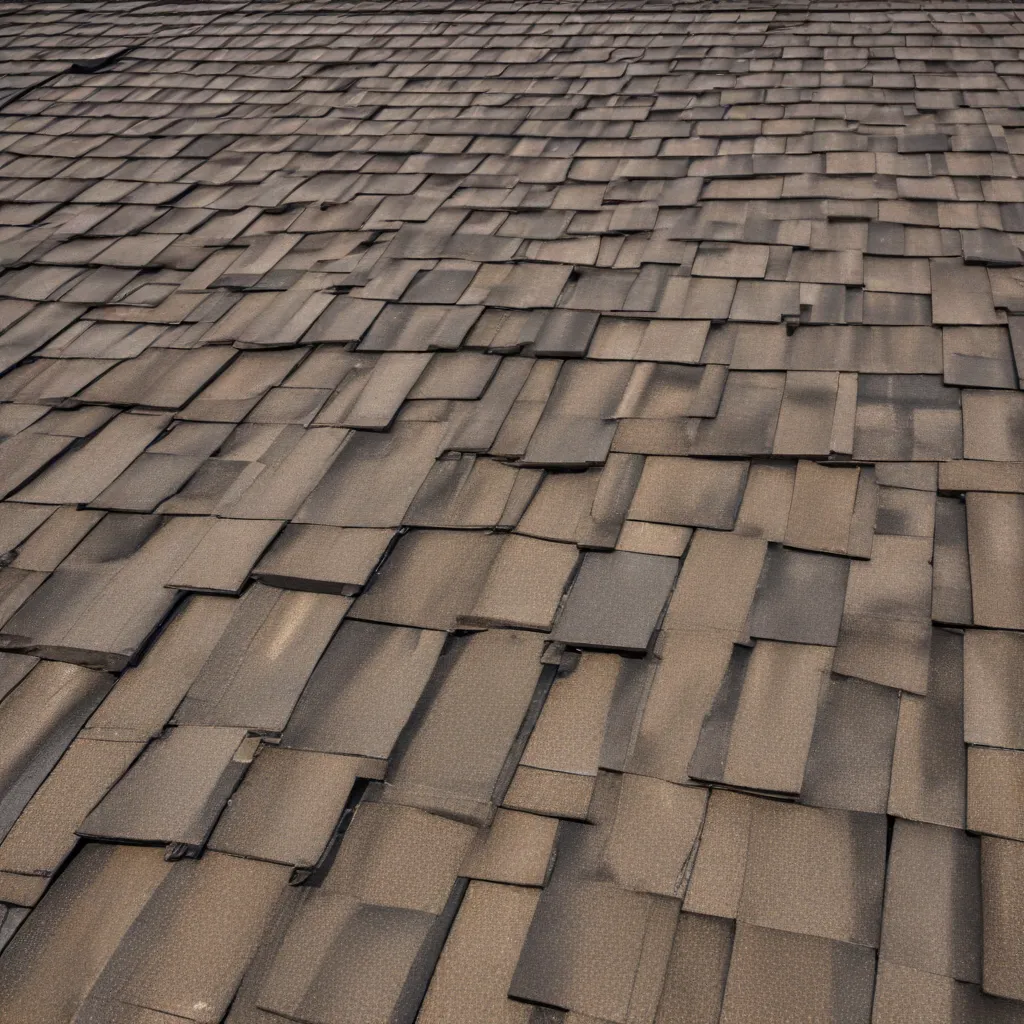
As an experienced roofing specialist at Genuine Roof Systems, I’ve seen firsthand the importance of proper roof maintenance and upgrades in keeping homes secure, efficient, and aesthetically pleasing. Whether you’re dealing with aging shingles, inadequate insulation, or energy-leaking recessed lighting, addressing these issues through strategic roof retrofits can yield substantial long-term benefits.
Roof Insulation
One of the primary concerns when it comes to roof performance is the quality and installation of insulation. Proper insulation not only helps maintain indoor temperatures and reduce energy costs, but it also plays a crucial role in preventing moisture-related problems like leaks and mold.
Types of Insulation
When it comes to roof insulation, homeowners have several options to choose from, each with its own advantages. Fiberglass batts and blown-in cellulose are classic choices that offer good thermal performance, while rigid foam boards provide superior insulating values. More advanced solutions like spray foam insulation can create a seamless, airtight barrier, effectively sealing any cracks or gaps.
Importance of Proper Insulation
Inadequate insulation can lead to a host of issues, including energy waste, uneven temperatures, and the potential for moisture buildup. Insufficient insulation allows heat to easily escape in the winter and enter in the summer, forcing HVAC systems to work overtime to maintain comfort levels. This not only increases utility bills but also contributes to an overall reduction in a home’s energy efficiency.
Insulation Installation Techniques
Proper installation is key to ensuring the effectiveness of any insulation system. Homeowners should carefully consider the accessibility of their attic or roof space when selecting the appropriate insulation method. Blown-in cellulose, for example, can be an excellent choice for hard-to-reach areas, while fiberglass batts may be better suited for open, straightforward spaces. Spray foam insulation, on the other hand, requires professional application but can create a seamless, airtight barrier.
Roof Ventilation
Effective roof ventilation is another critical component of a well-performing roofing system. Proper airflow not only helps regulate temperatures but also plays a vital role in preventing moisture buildup and potential roof damage.
Passive Ventilation Systems
Traditional passive ventilation systems, such as ridge vents, soffit vents, and gable vents, use natural air movement to circulate fresh air and expel heat and moisture. These systems are relatively simple to install and maintain, making them a popular choice for many homeowners.
Active Ventilation Systems
For more advanced ventilation needs, homeowners may consider installing powered attic fans or whole-house fans. These active systems use electric motors to actively draw air through the attic and out of the home, providing a more efficient means of regulating temperatures and controlling moisture levels.
Ventilation Optimization
Achieving the right balance of ventilation is crucial. Inadequate airflow can lead to heat and moisture buildup, while excessive ventilation can result in energy loss and undesirable drafts. Consulting with a roofing specialist can help homeowners determine the optimal ventilation strategy for their specific property and climate.
Roof Sealing and Weatherproofing
In addition to insulation and ventilation, proper sealing and weatherproofing are essential for maintaining a high-performing roof. Identifying and addressing air leaks can significantly improve a home’s energy efficiency and prevent costly water damage.
Identifying Air Leaks
Common areas where air leaks can occur include around roof penetrations (such as chimneys, vents, and skylights), along flashing edges, and through soffit and fascia gaps. Homeowners can conduct a simple visual inspection or employ more advanced methods, like a blower door test, to pinpoint these problem areas.
Sealing Techniques
Once air leaks have been identified, a range of sealing techniques can be employed to address them. Caulking and weatherstripping are effective for smaller gaps, while spray foam or mastic sealants can be used for larger openings. Proper underlayment installation and the strategic placement of ice and water shields can also contribute to an effective weatherproofing strategy.
Weatherproofing Materials
The choice of weatherproofing materials can significantly impact the long-term performance of a roof. Asphalt-based sealants and membranes offer good moisture protection, while butyl rubber and silicone-based products provide superior durability and flexibility. Consulting with a roofing specialist can help homeowners select the most appropriate weatherproofing solutions for their specific needs.
Energy Efficiency Considerations
Maximizing a home’s energy efficiency is a top priority for many homeowners, and roof retrofits can play a significant role in achieving this goal. By addressing insulation, ventilation, and sealing, homeowners can significantly reduce energy consumption and lower their utility bills.
Energy Audits
Conducting a comprehensive energy audit is an excellent way to identify areas for improvement within a home’s roofing system. These assessments, often performed by certified professionals, examine a property’s energy usage, identify problem areas, and provide recommendations for targeted upgrades.
Renewable Energy Integration
In addition to improving the building envelope, homeowners may also consider integrating renewable energy sources, such as solar photovoltaic (PV) systems, into their roof retrofits. These solutions not only offset energy consumption but also contribute to a home’s overall sustainability and long-term value.
Lifecycle Cost Savings
While the upfront costs of roof retrofits may seem daunting, the long-term benefits often make them a worthwhile investment. Reduced energy bills, lower maintenance expenses, and the potential for increased property value can all contribute to significant cost savings over the lifecycle of a home.
Conclusion
Maintaining a high-performing roof is essential for the overall health, comfort, and energy efficiency of a home. By addressing insulation, ventilation, sealing, and weatherproofing through strategic roof retrofits, homeowners can prevent costly leaks, reduce energy waste, and enhance the aesthetic appeal of their properties. Consulting with a experienced roofing specialist, like those at Genuine Roof Systems, can help homeowners navigate the various options and identify the most suitable solutions for their unique needs.

